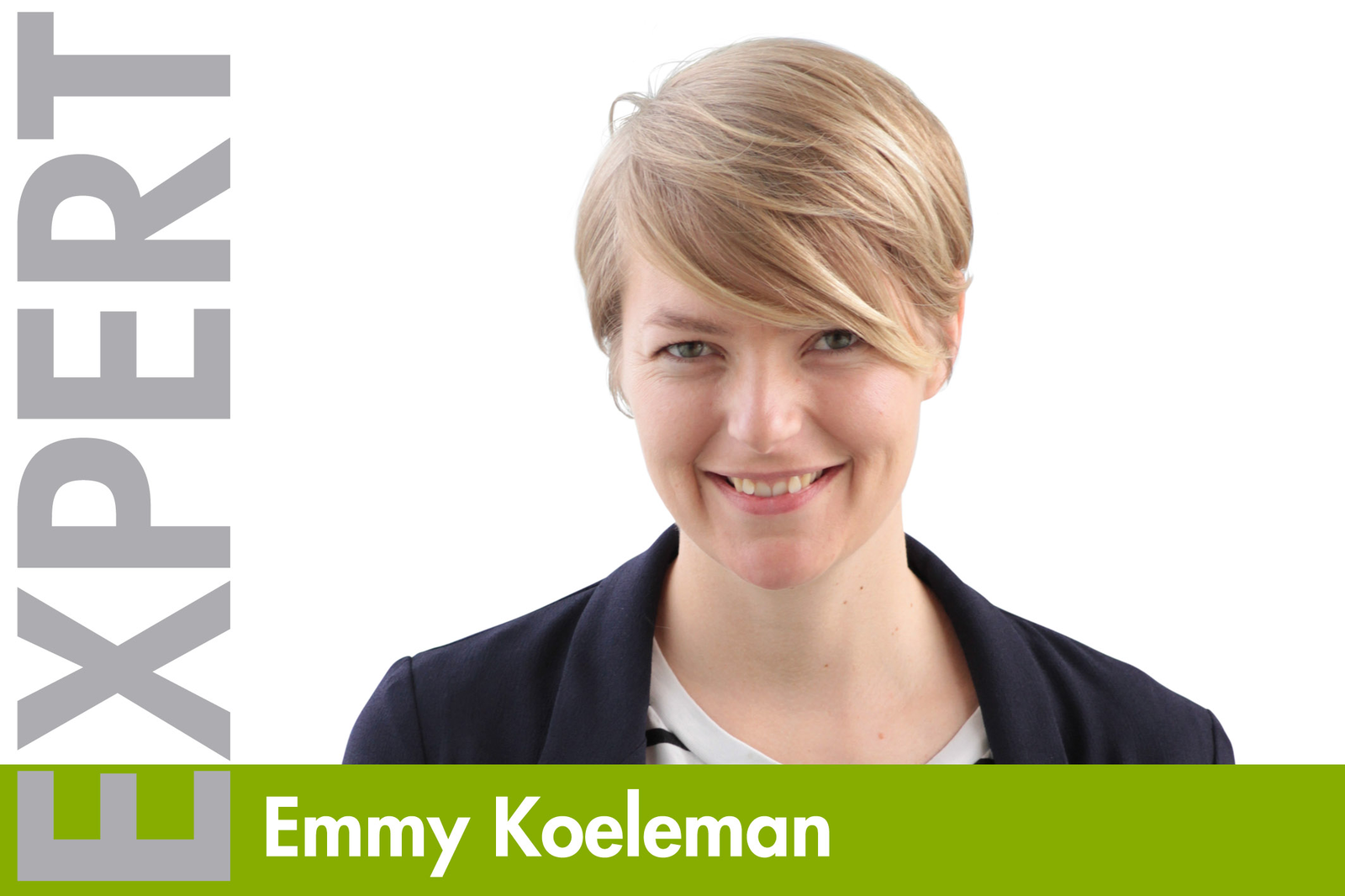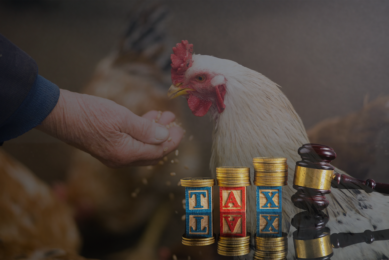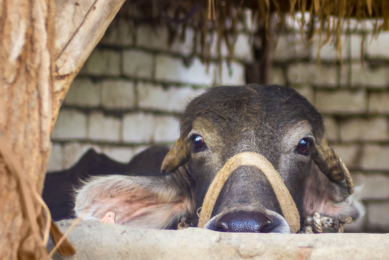Growing soy in Europe

GMO-free soy from Brazil for the European animal feed industry is available both in sufficient tonnage and quality. This is what was stated this week by different European organisations. But why not put focus on grow these soy in Europe and be less dependent on South America?
The approximately 400,000 hectares of soya grown in Europe today only represents around 3% of what Europe needs to produce for animal feed. This is why Europe imports over 30 million tonnes of soy from North and South America each year. But there are concerns in doing so. Imported soy (meal) has become really expensive. NGO’s have concerns because of deforestation of tropical rain forest, loss of biodiversity, soil and water pollution and the negative impact on small farmers and native population that soy from the Americas have. In addition, there is the societal debate on GMO versus non-GMO soybean crops. Although imported soy has to conform with European criteria, the influence of Europe on these countries is limited. Growing these crops in Europe is therefore of great interest.
Soy yield must be boosted!
In the last few weeks I came across different studies and initiatives looking at optimising and further development of European protein crop production, including (non-GMO) soy. This is exciting news! Wageningen UR in the Netherlands, for example, is working with Agrifirm to develop a strategy for creating a North-western European soy cultivation area with adapted, high-yield varieties. This strategy focuses primarily on increasing yield per hectare of soy, because this is still the main difference compared to soy grown in South America. We have to come up with a competitive version and if high yields can be gained (at least 4 tonnes per hectare), it is also easier to convince arable farmers to replace wheat and maize by soy and to make it a success. Only then Europe can replace part of the imported soy with its home-grown variety.
Other protein sources
But alongside the efforts in studying European soy production, alternative protein sources must also be explored further. What if European soy production does not take off? Insects, by-products of the production of vegetable oils, protein concentrates from crops such as sugar beet and peas and algae and duckweed all show promise in (partly) replacing soy. Studies from Wageningen UR in the Netherlands show that algae and duckweed can produce four to five times as much protein per hectare as soya.
Wageningen UR is working on developing an cost efficient method to extract the water from these products to retain the protein. At the same time, continued pros and cons are being displayed on bringing back meat and bone meal in European animal diets. Outside the EU it seems no issue at all. In 2013, Russia produced almost 253,000 tonnes of meat and bone meal for feed production which is 21% higher than in 2012!
Time will tell
Regarding the European soy projects, I am pleased to hear that many (seed)companies are currently teaming up with animal feed companies (such as the initiatives by Agrifirm) to study how soy and other protein crops can be grown by European farmers. Only then, Europe will be able to better provide for its own protein demands in the years to come and hence reduce dependency on imports and be more in control of raw material prices. The market for European grown soy beans is still small, but -pushed by the European Union – the ideas around growing soy and other protein crops in Europe seem to actually take shape. But are these efforts a drop in the ocean or will they positively influence the feed prices and hence farmers’ income? And will it in the end also save the South American rainforests and end the debate on GMO soy? That would be great, but time will tell.











